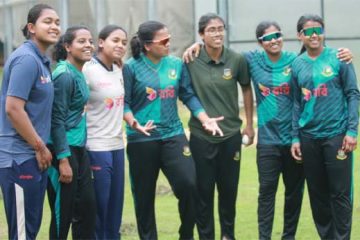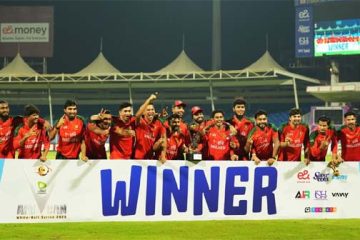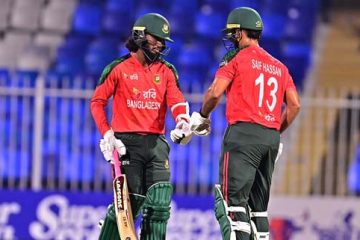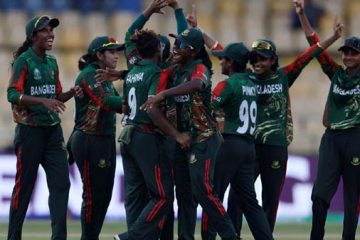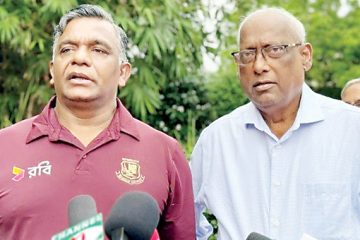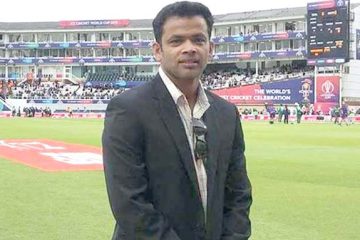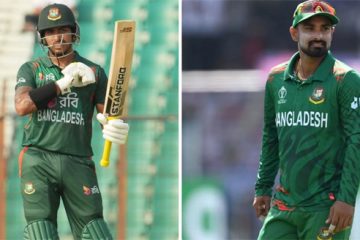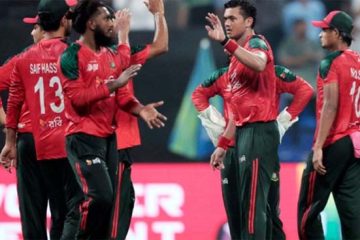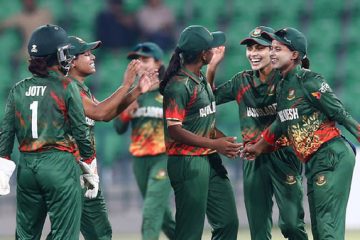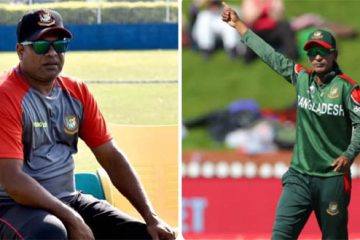Tiring travelogue
The 1987 Cricket World Cup was the most colourful, and more widely watched than any of its predecessors. It was the first to be staged away from England and the first to be held in the subcontinent. A lot of matches were extremely close affairs; in the first match itself the co-hosts Pakistan were taken to within 15 runs of the brink by Test newcomers Sri Lanka, later England scored 35 off the last three overs to beat the West Indians, Pakistan did the same to the Windies by winning with one wicket left off the last ball.
Even the final went down to the wire, with England falling seven runs short of their arch rival Australia’s target. All in all, it was a fantastic advertisement for one-day cricket, and the passionate participation by the cricket-crazy Indian and Pakistani fans made it a tremendous advertisement for cricket in the sub-continent.
There were bound to be problems though, as the Cup was hosted in a culturally diverse, economically underdeveloped and geographically vast region. The logistics of travel and communication was always going to be a tricky affair, especially as the Indo-Pakistan Joint Management Committee were determined to spread the games around as many as 21 venues. According to a Wisden Cricketer’s Almanack report on the tournament, “It was the equivalent of staging a tournament in Europe, barring only the Soviet Union, without quite the same facility of transport and telecommunications.”
More centres meant more travelling, and therefore a longer tournament. The 1987 World Cup was spread over six weeks while the 1983 tournament, containing the same number of games, was over in less than a month. The travelling also meant a great strain was put on teams between matches. Wisden reported: “For successive matches, the Sri Lankans were shunted from Peshawar, in the North-West Frontier Province of Pakistan, to Kanpur in Central India, back to Faisalabad, then across the border again to Pune: two-day journeys every time, with hours spent in transit lounges at airports waiting for flights.” It was far from ideal preparation for a World Cup match.
Come the semifinals, the two host countries were transfixed by the action as both India and Pakistan were contesting for places in the final. Unsurprisingly, there were reports of communal conflicts after the fans were crushed by both sides losing their respective semifinals. The organisers even attempted to quench the fans’ thirst for an Indo-Pak clash by hosting a third-place match, but it was not to be as some of the stars made exorbitant demands.





